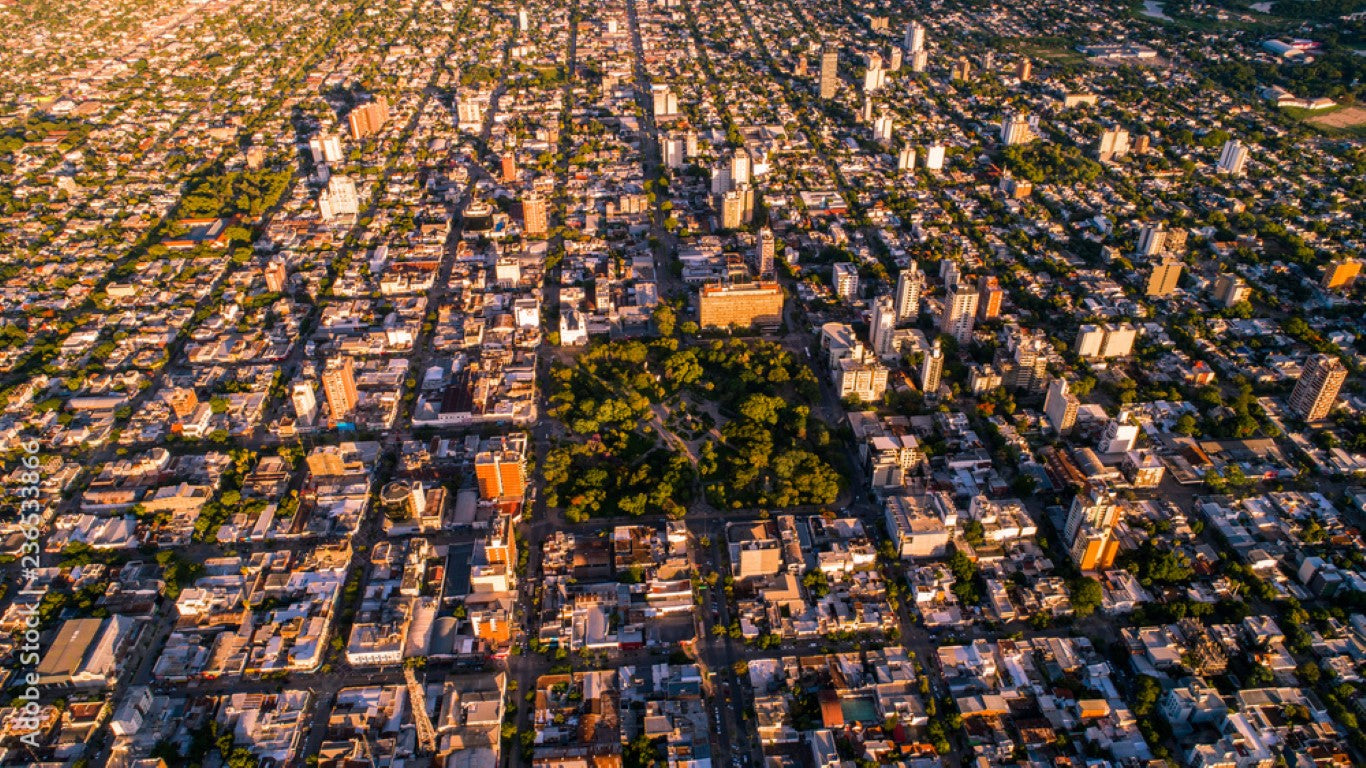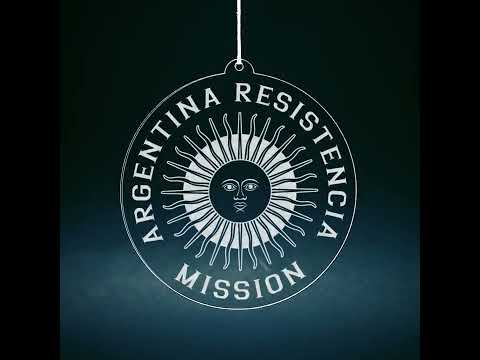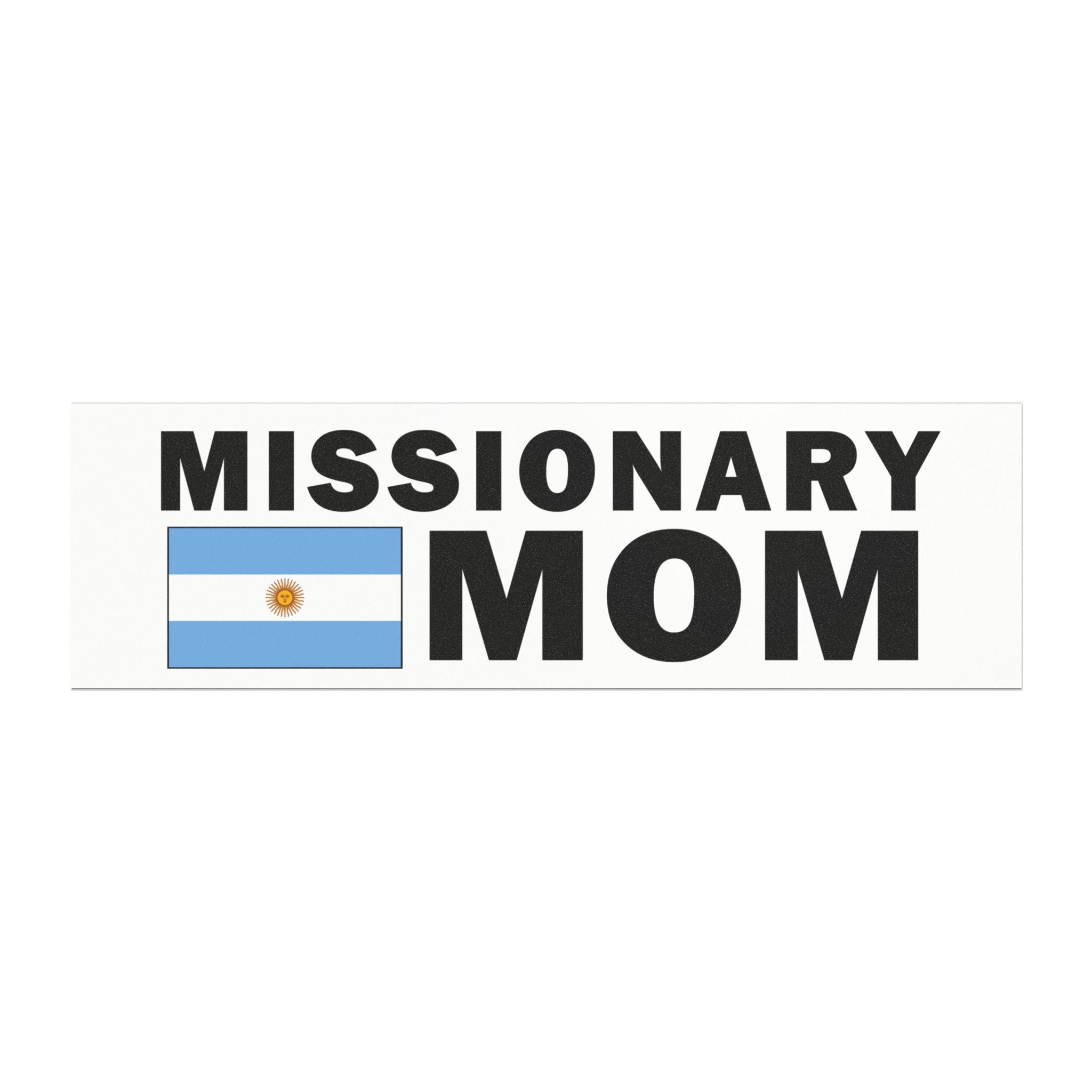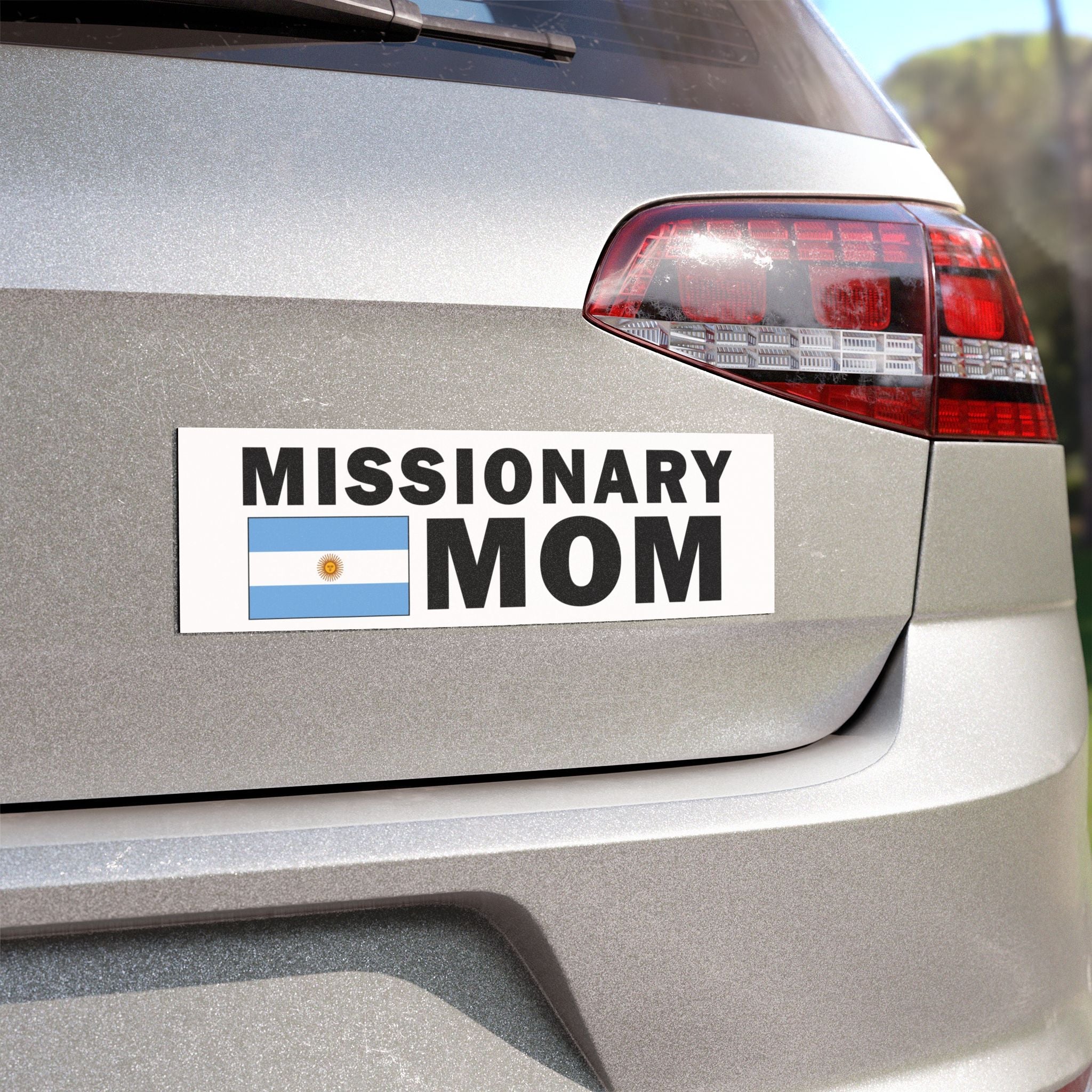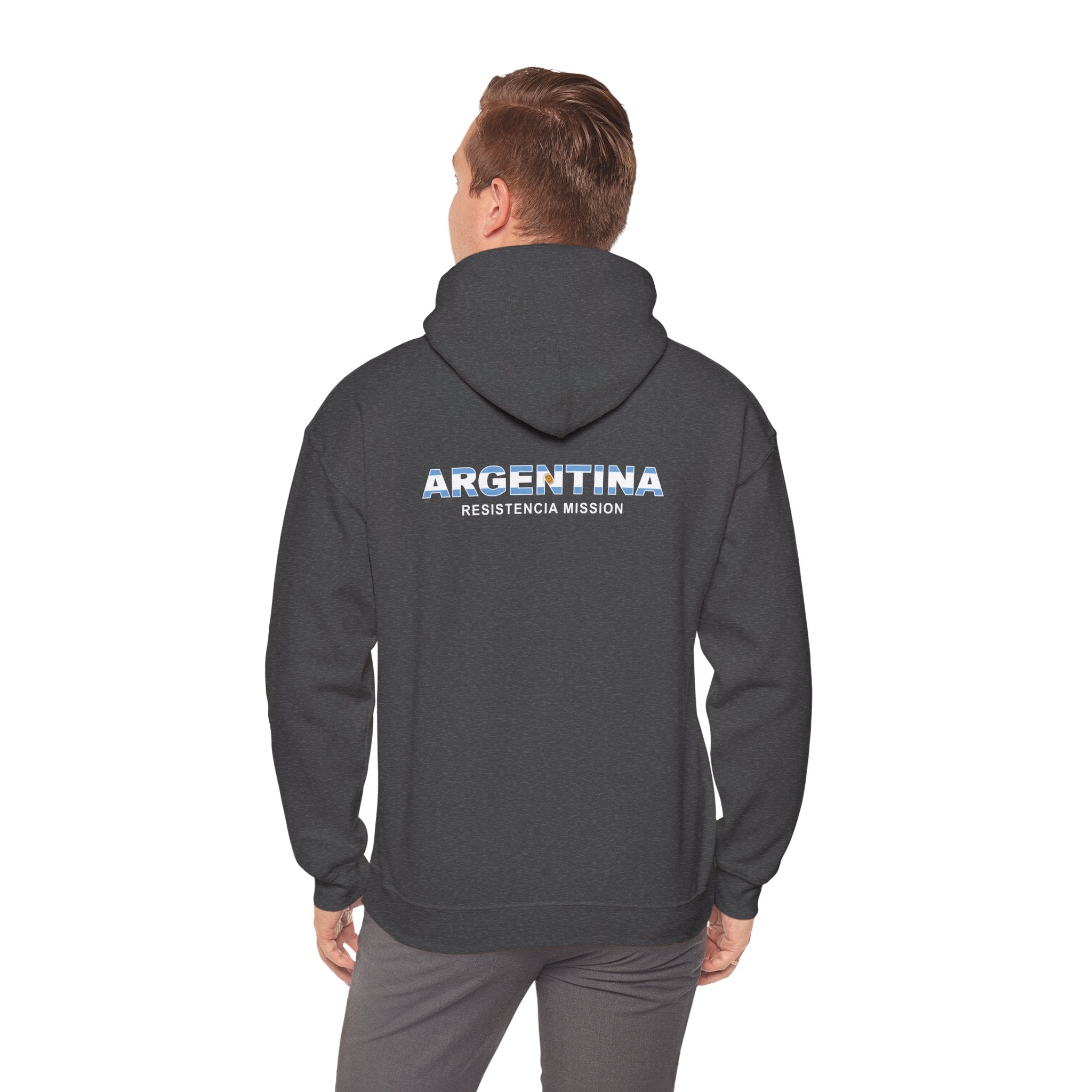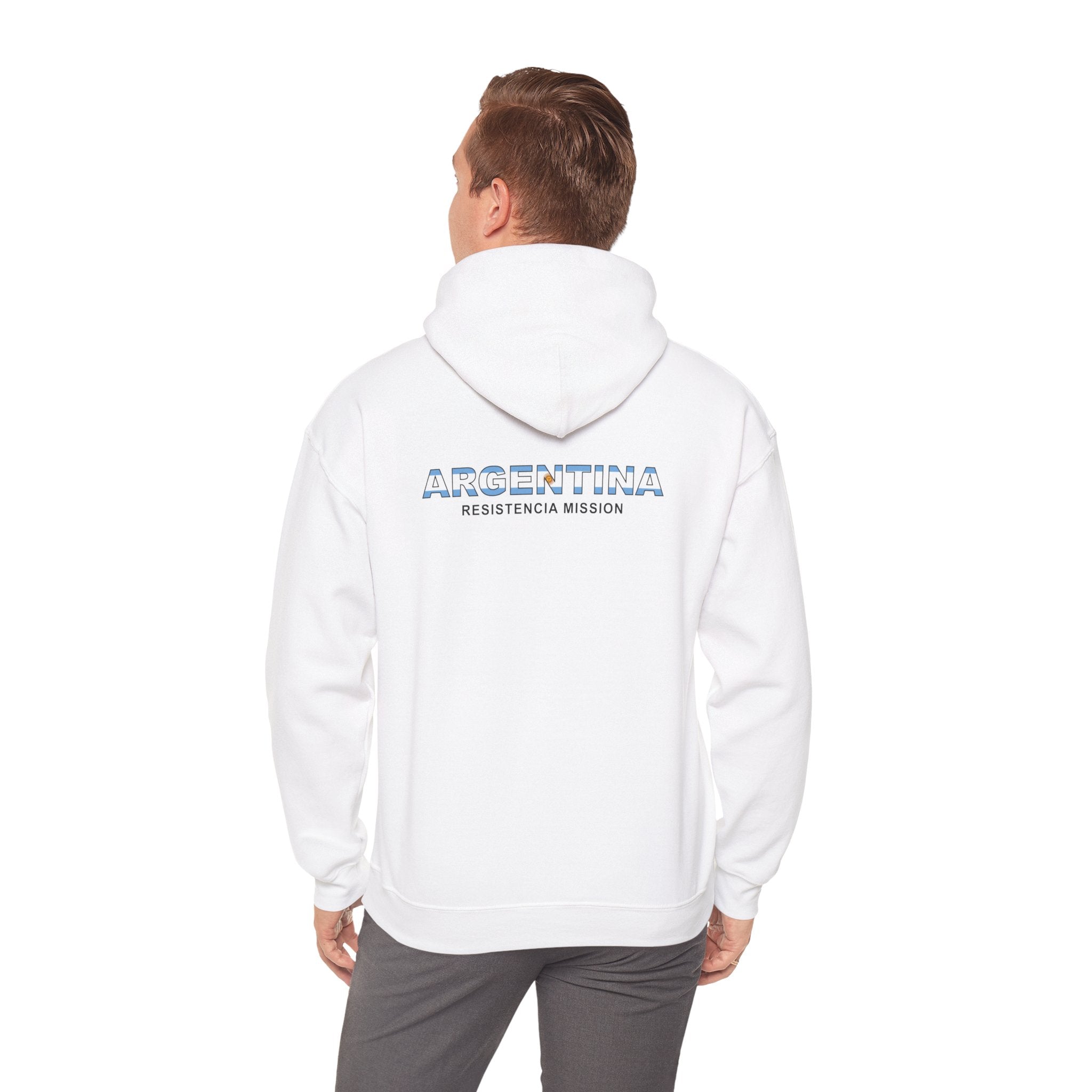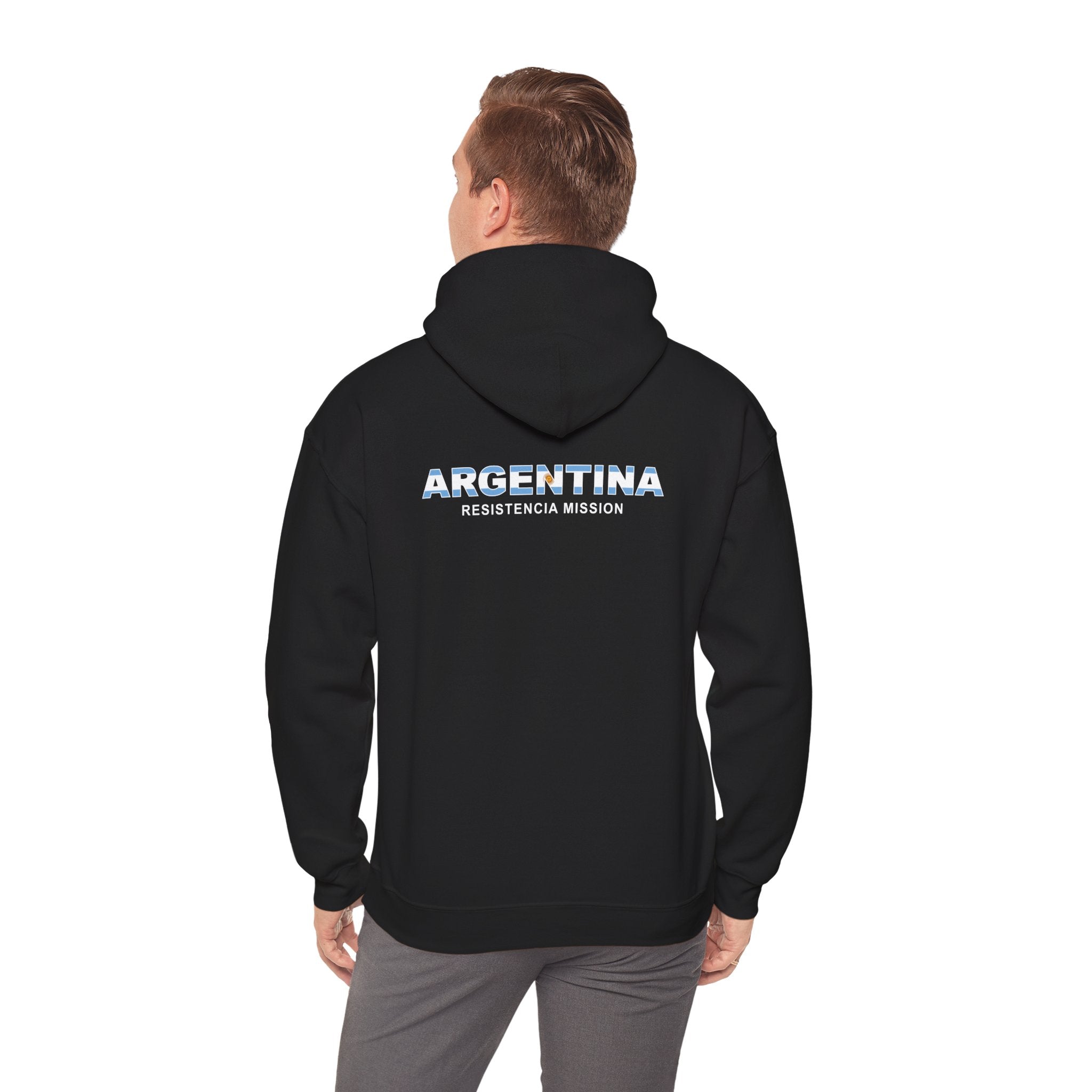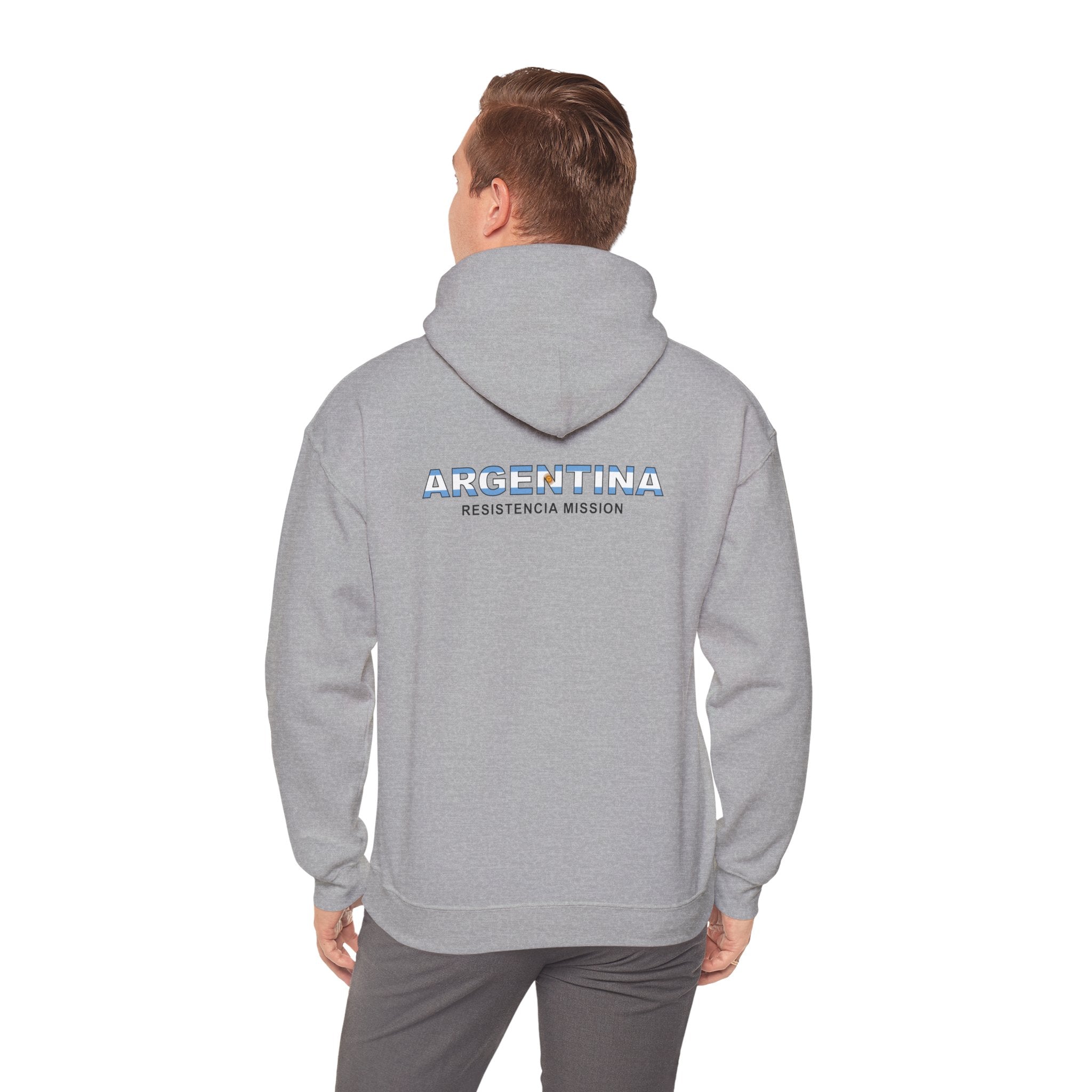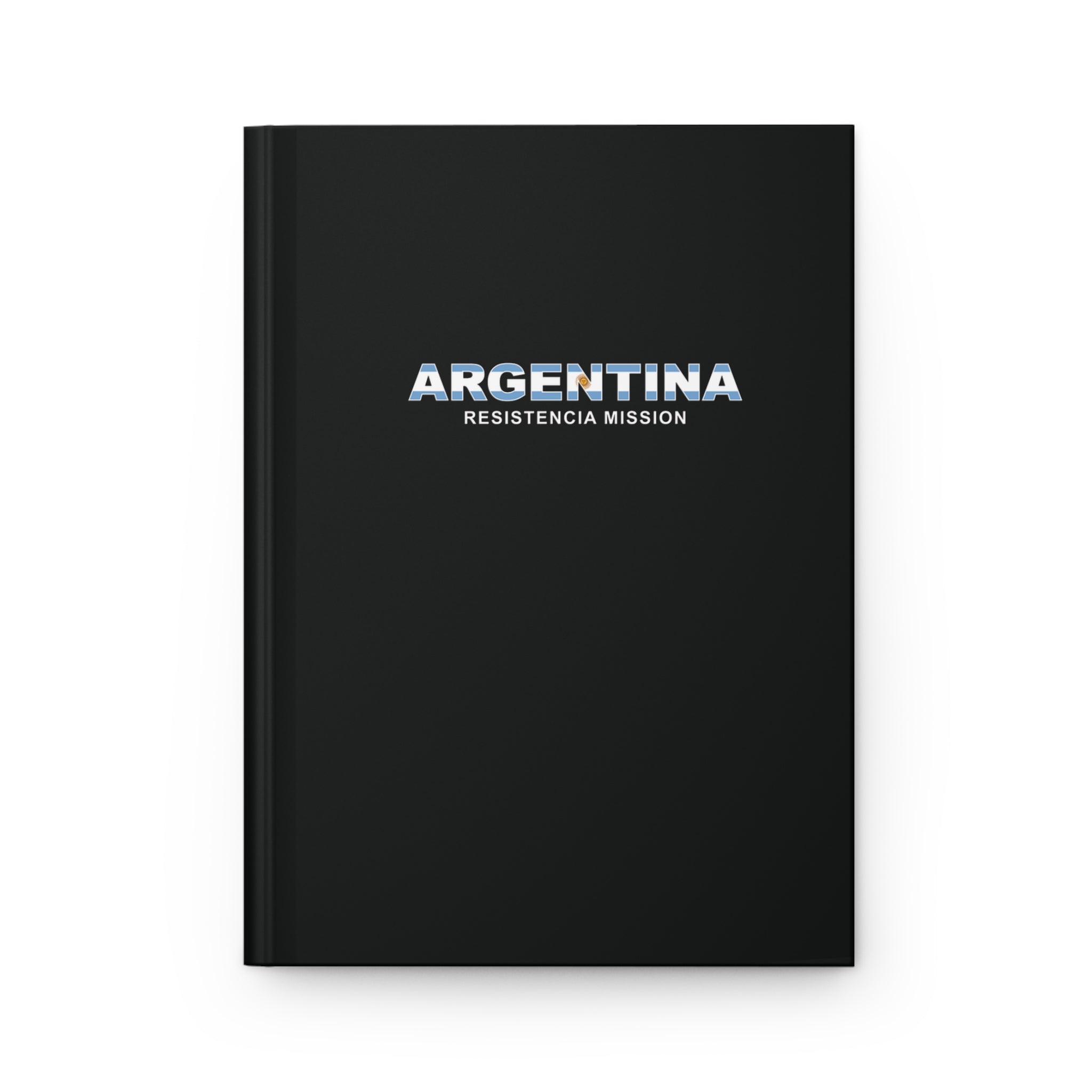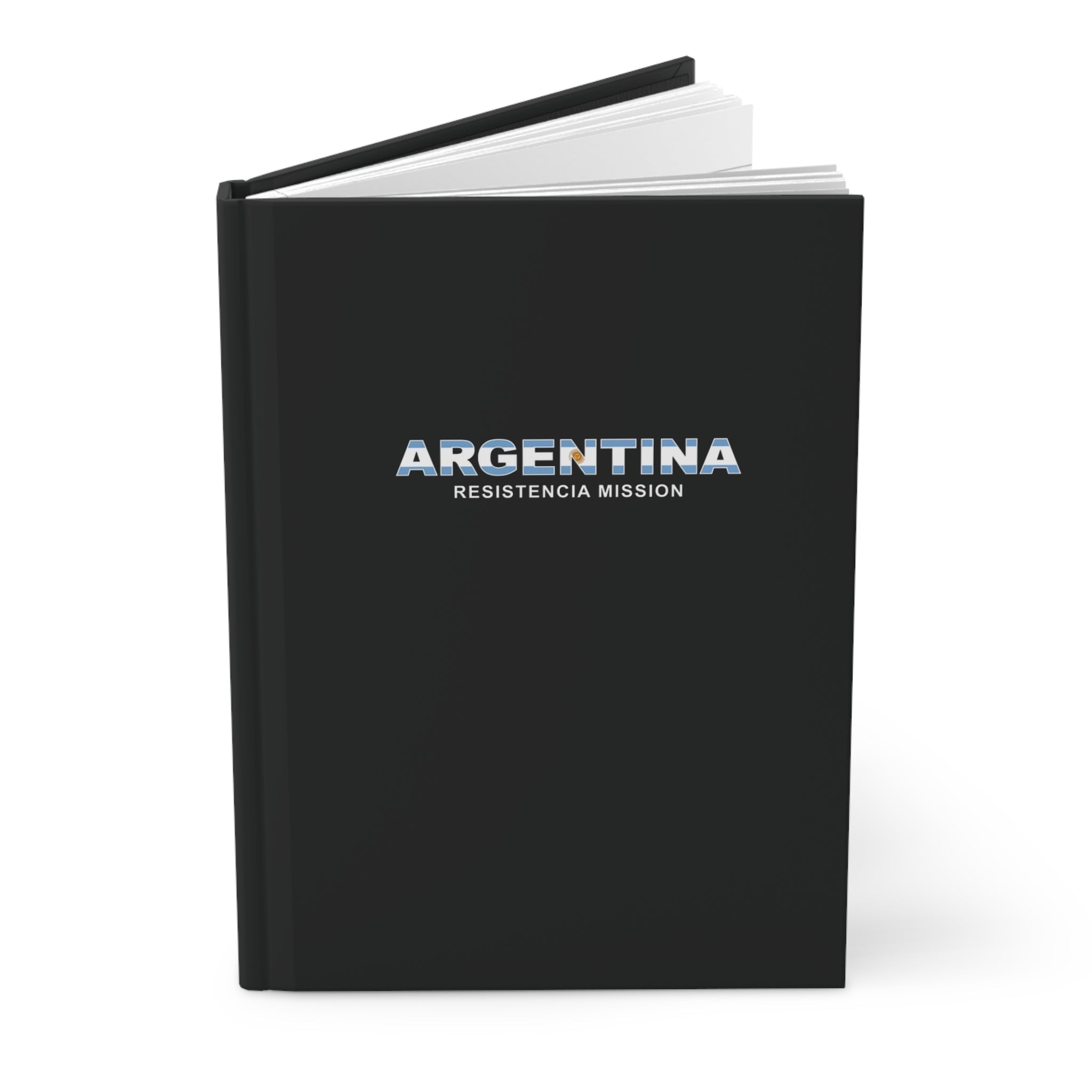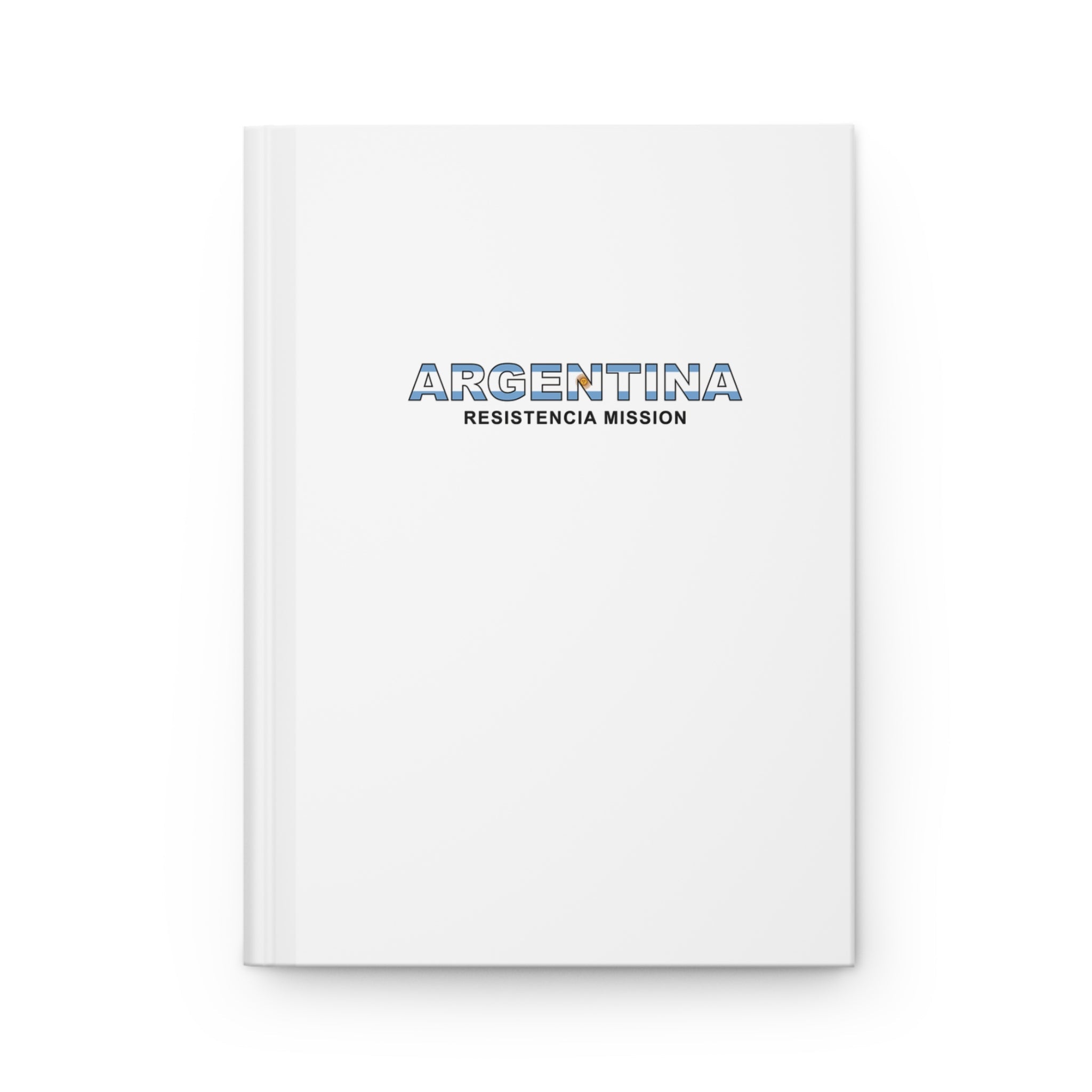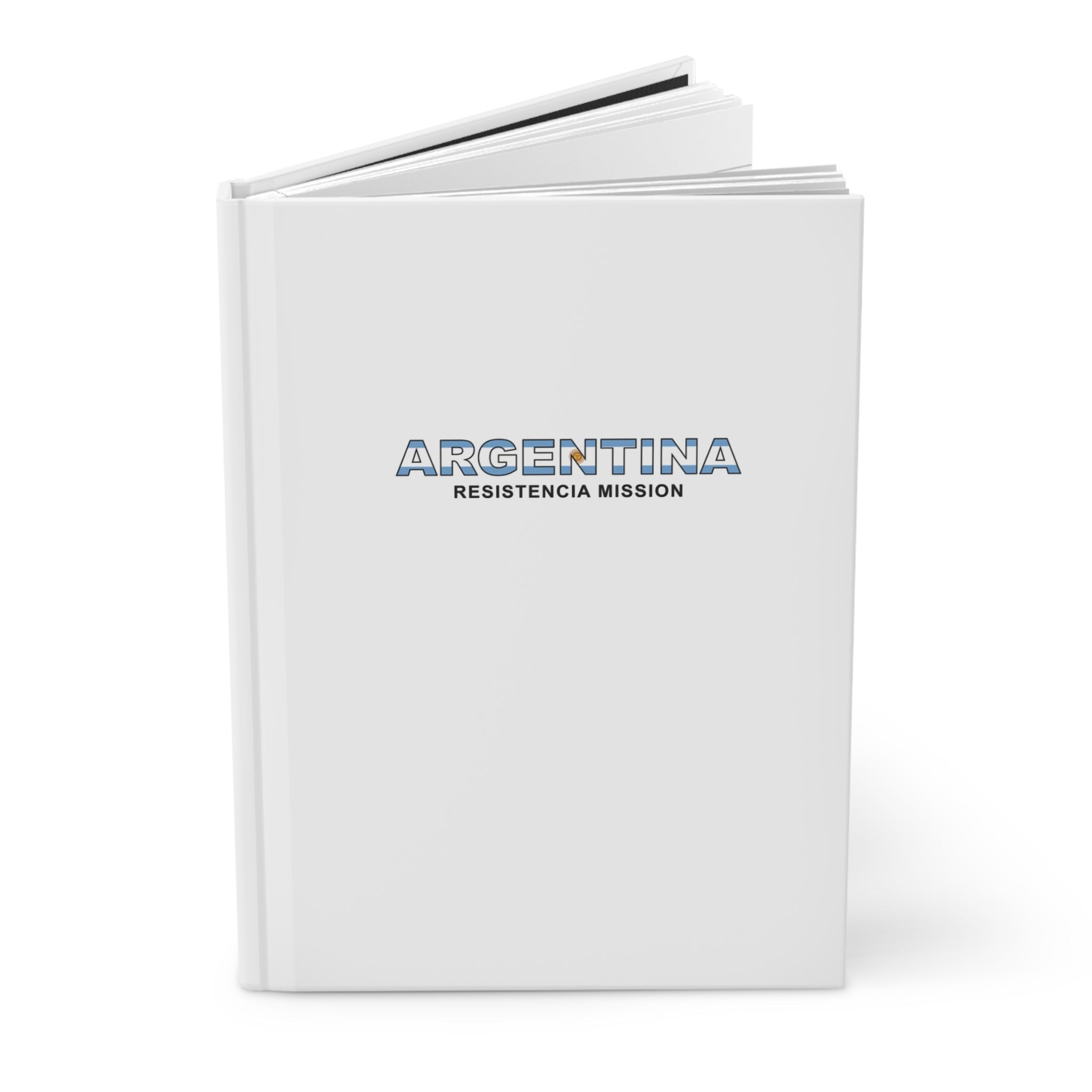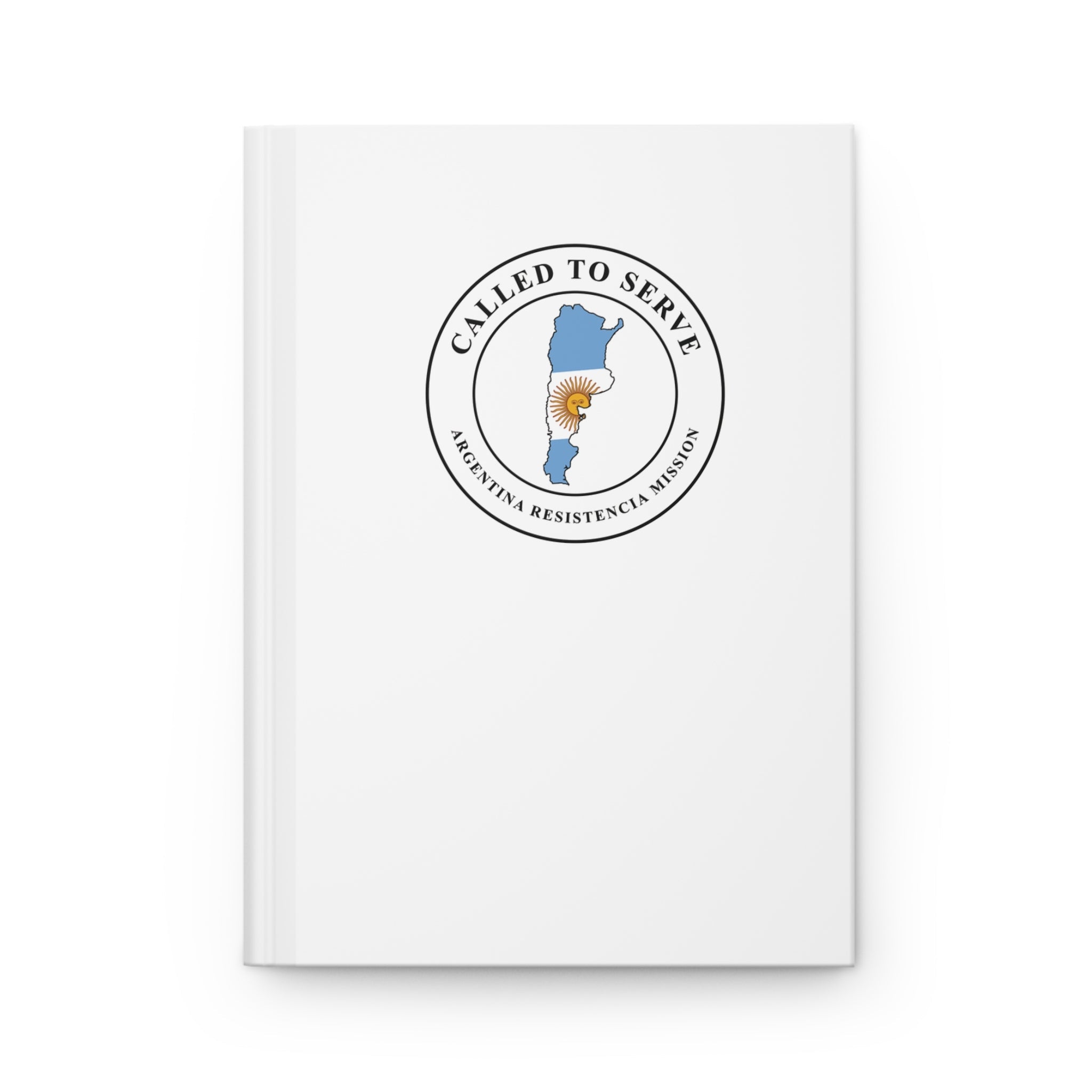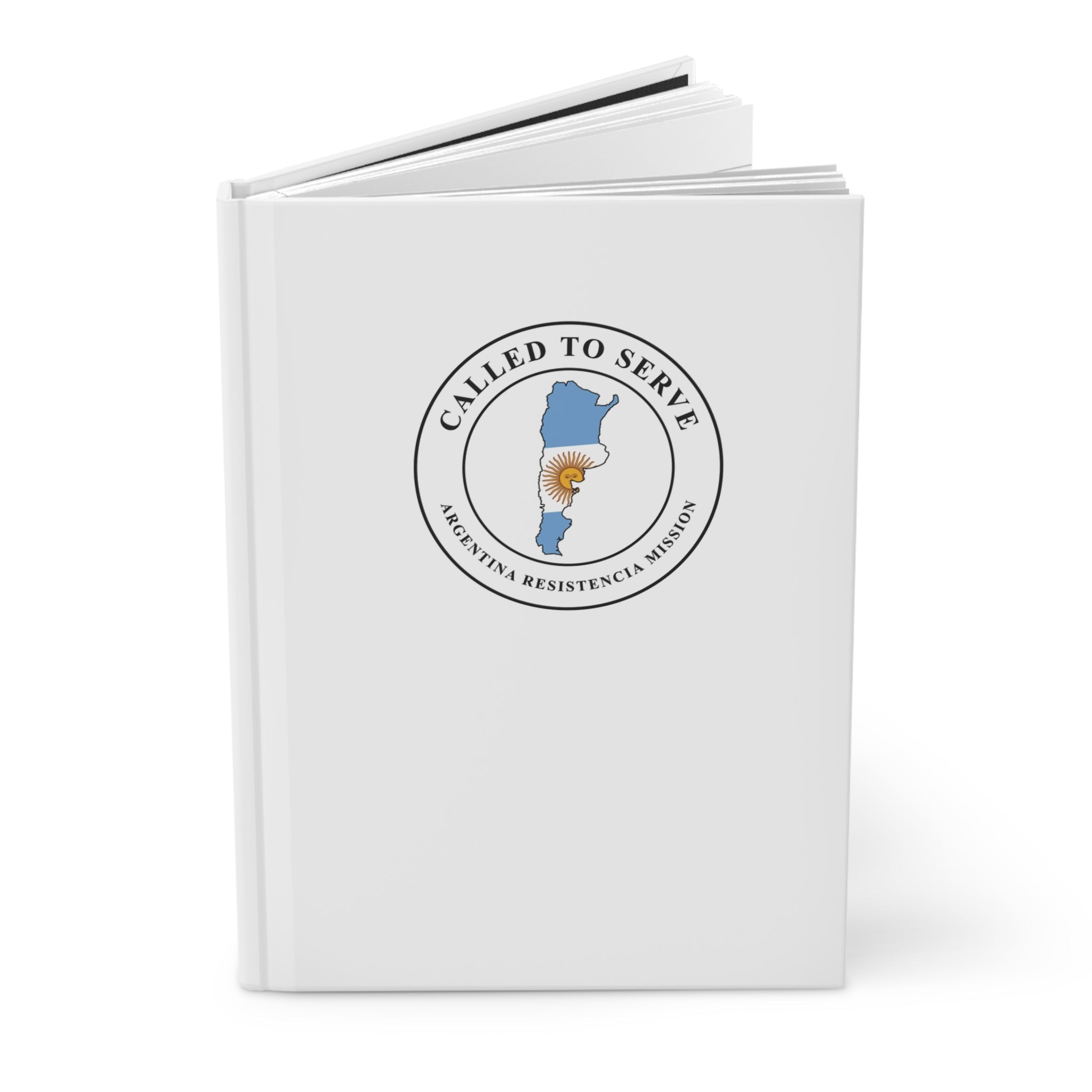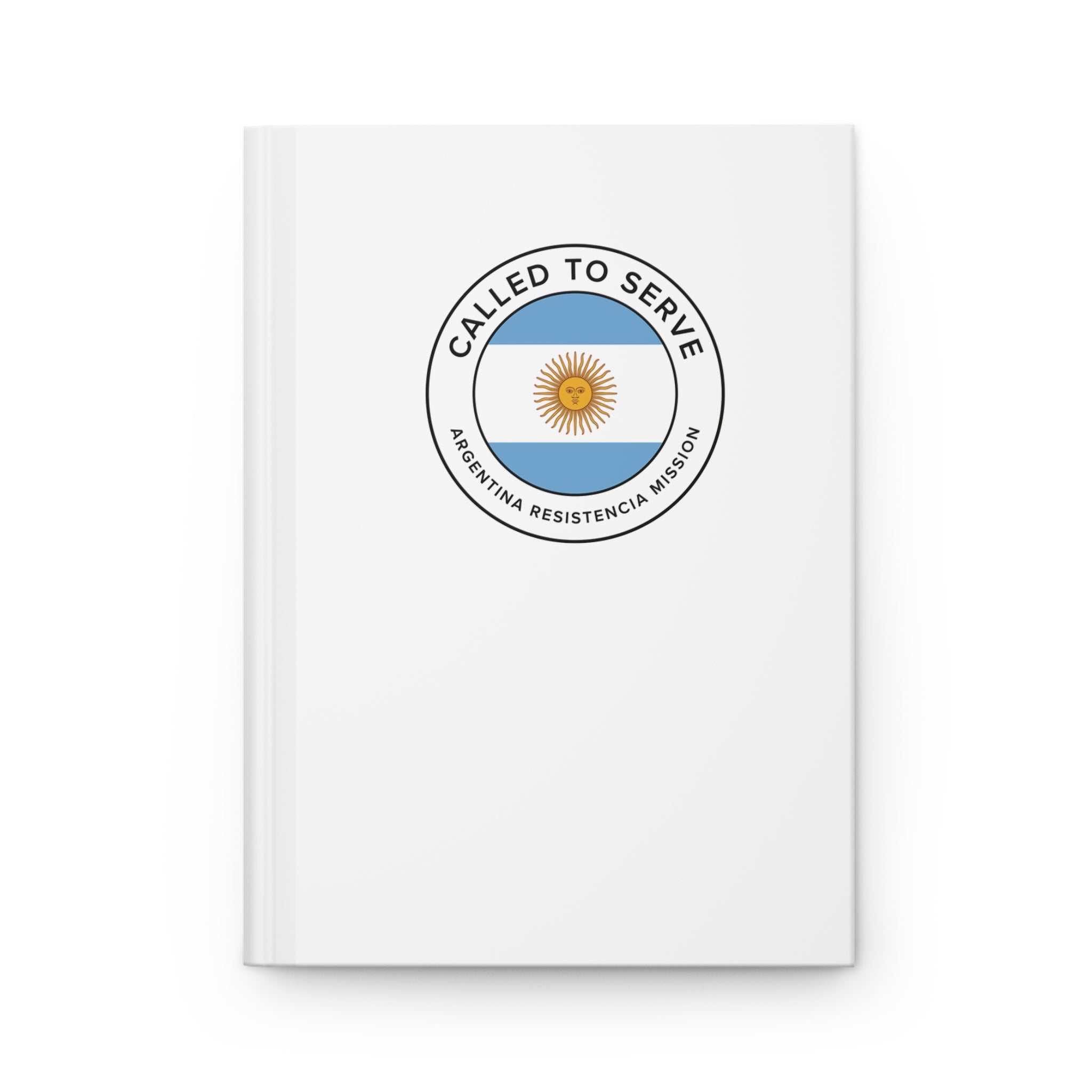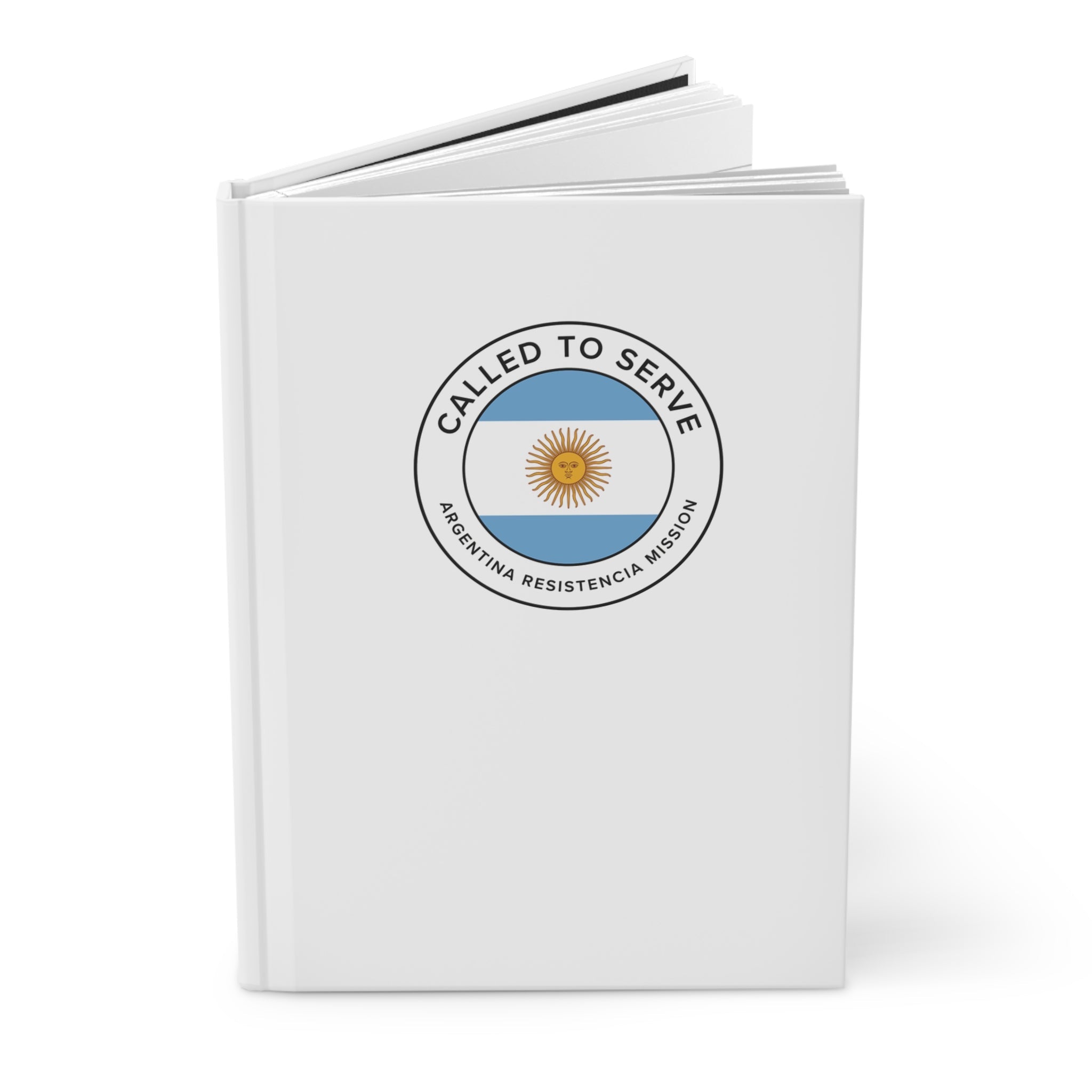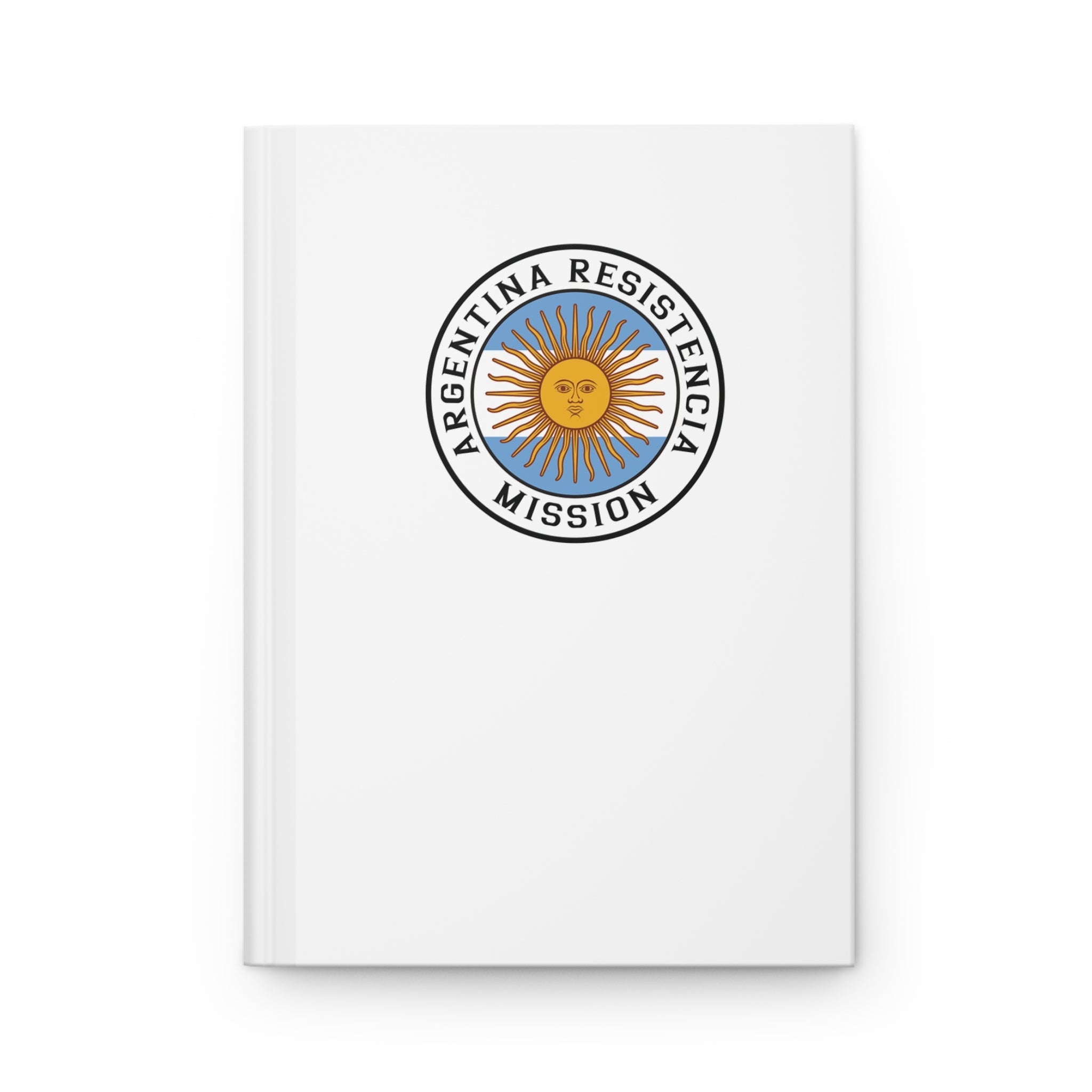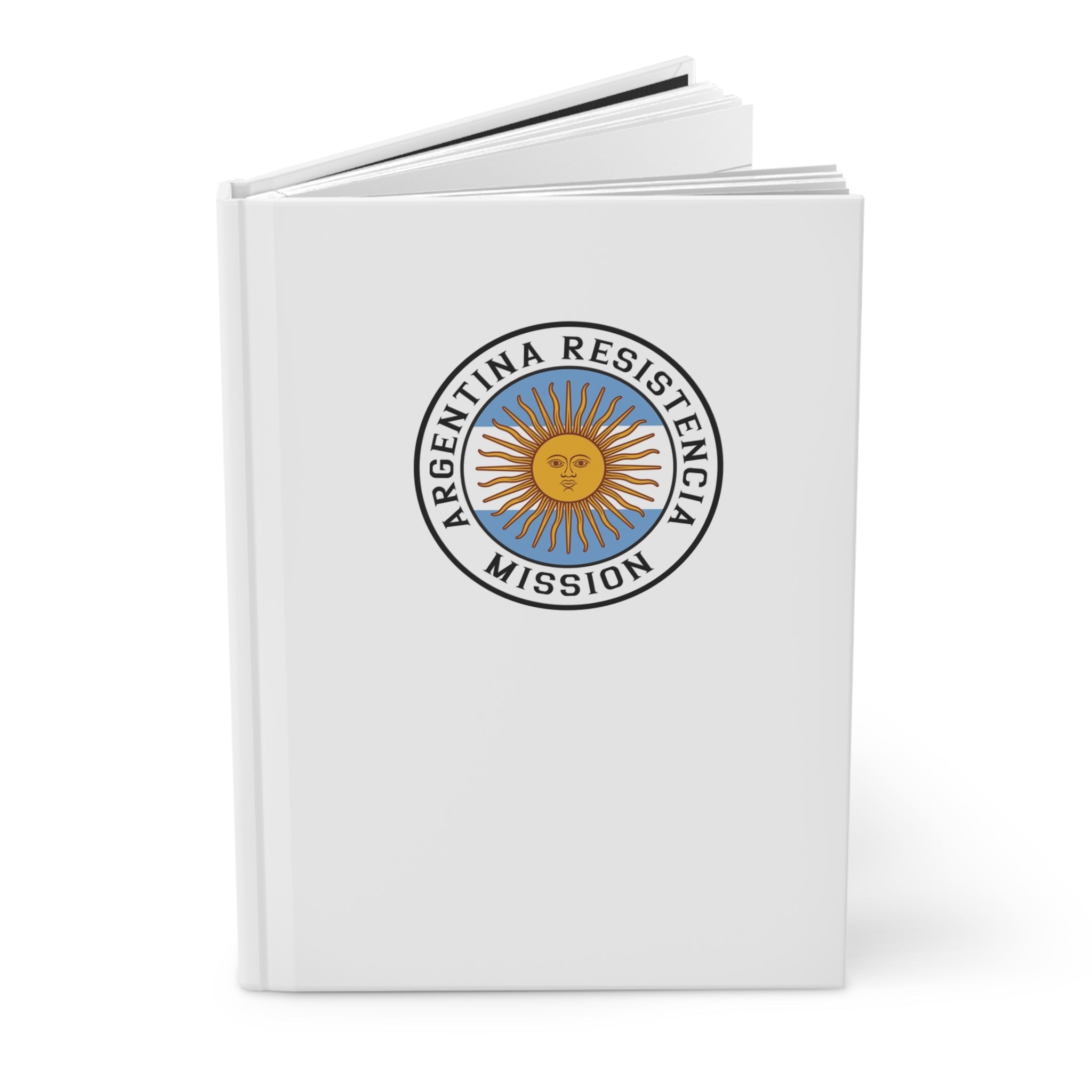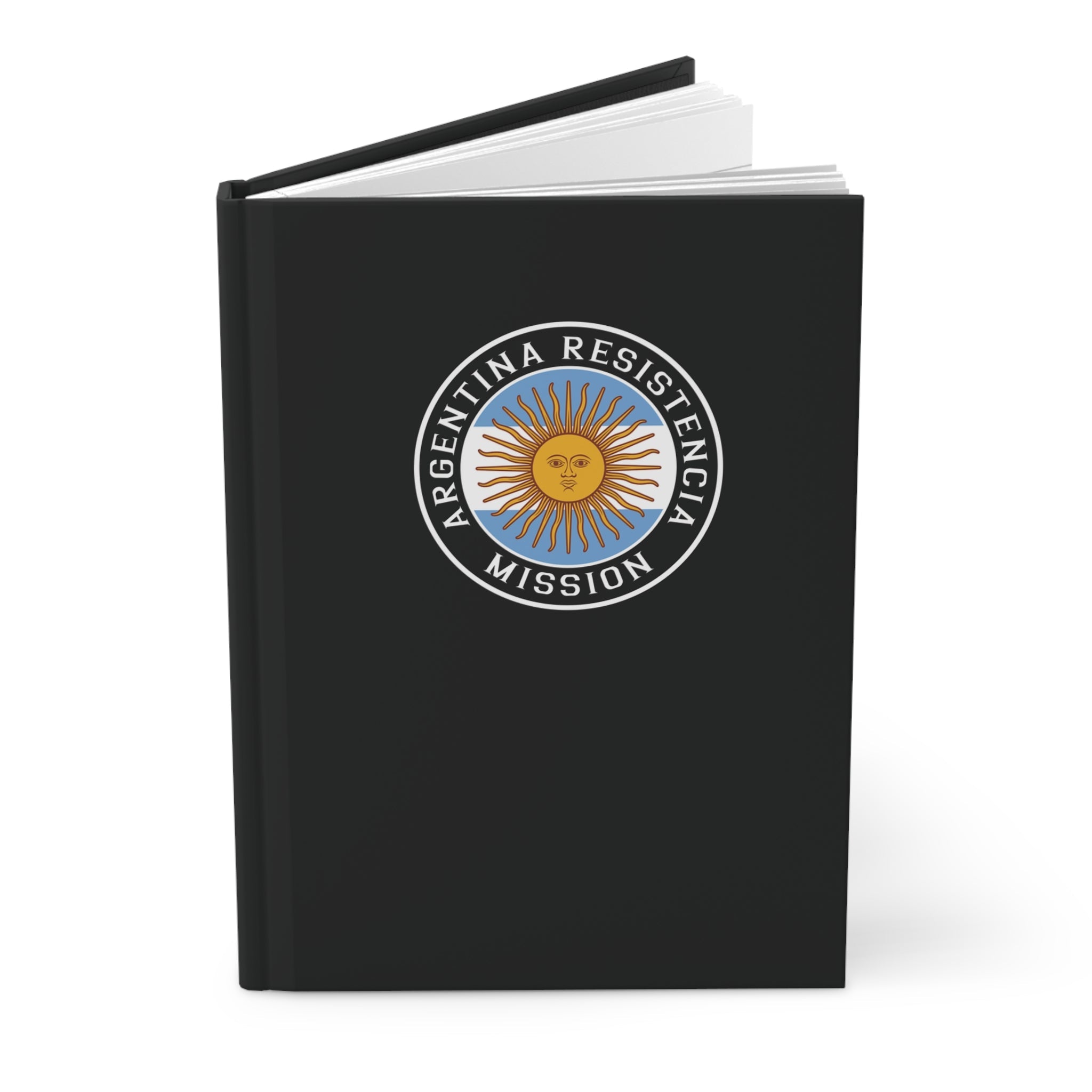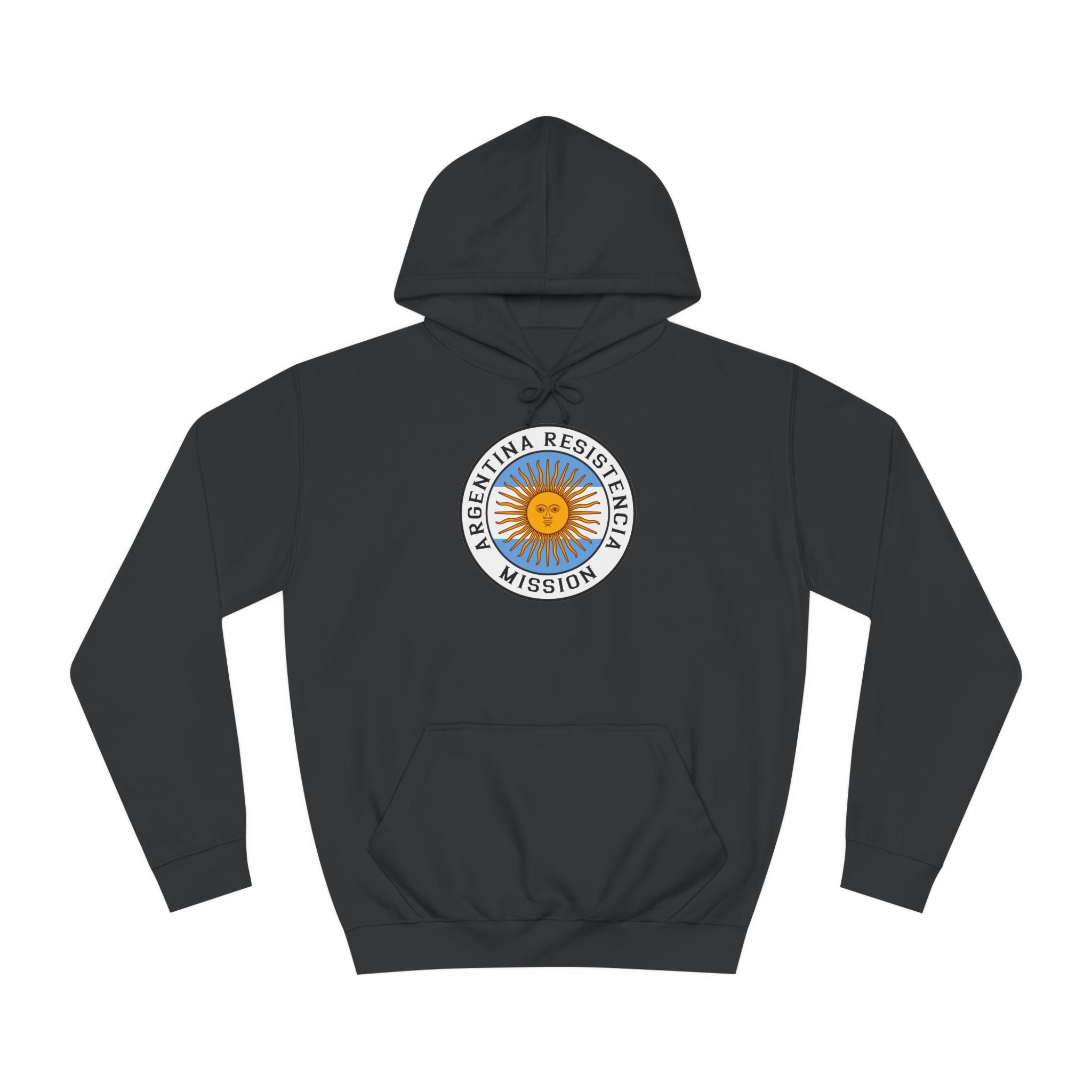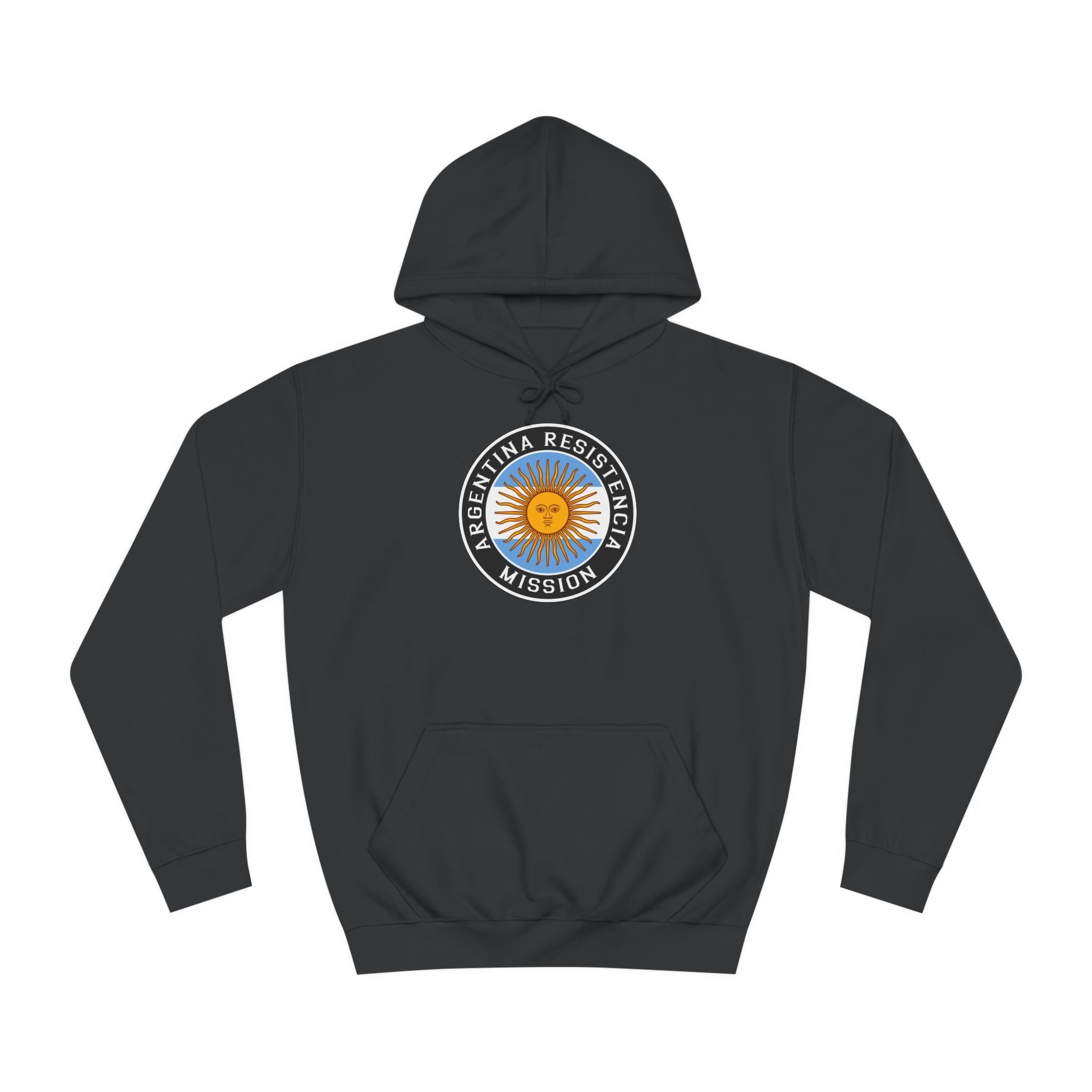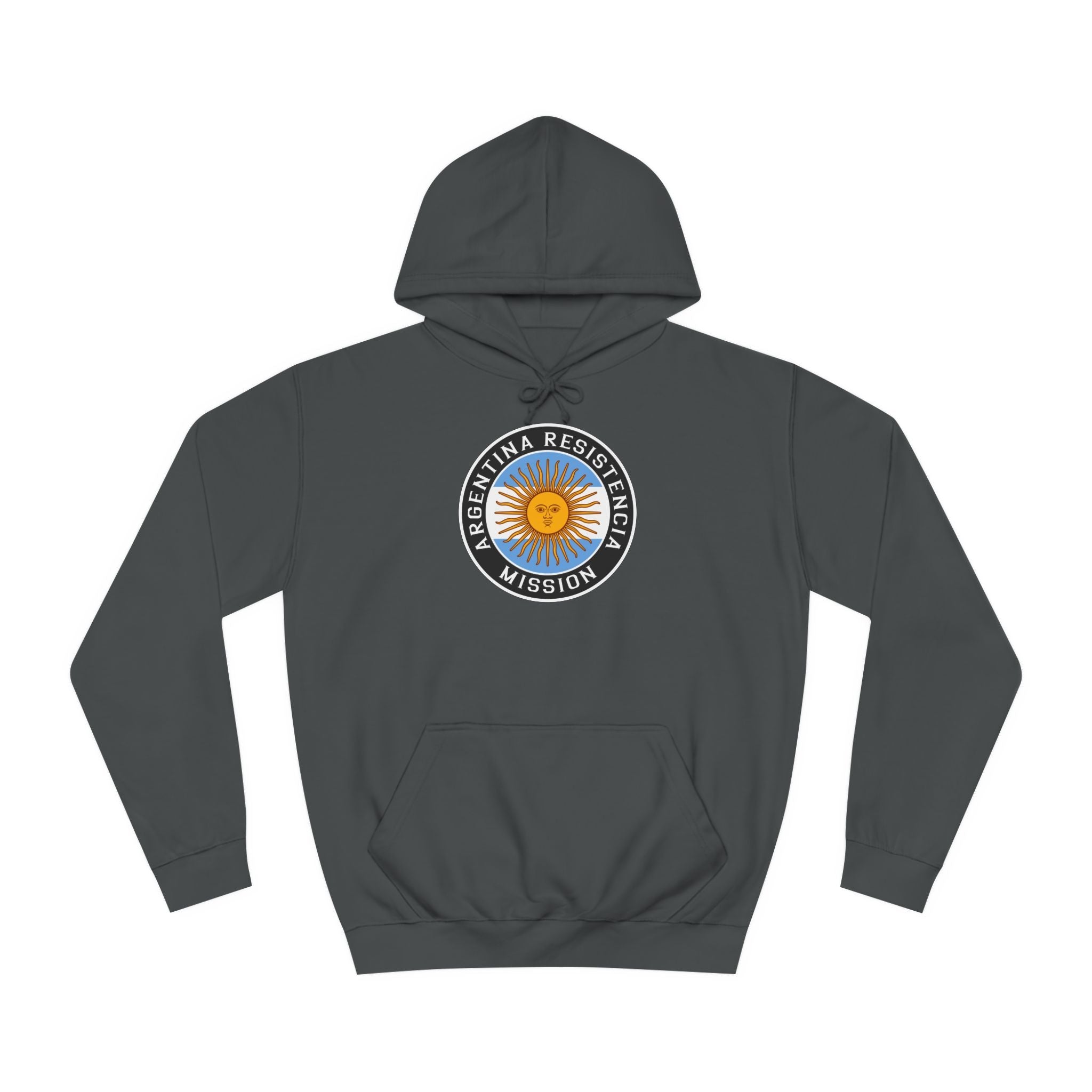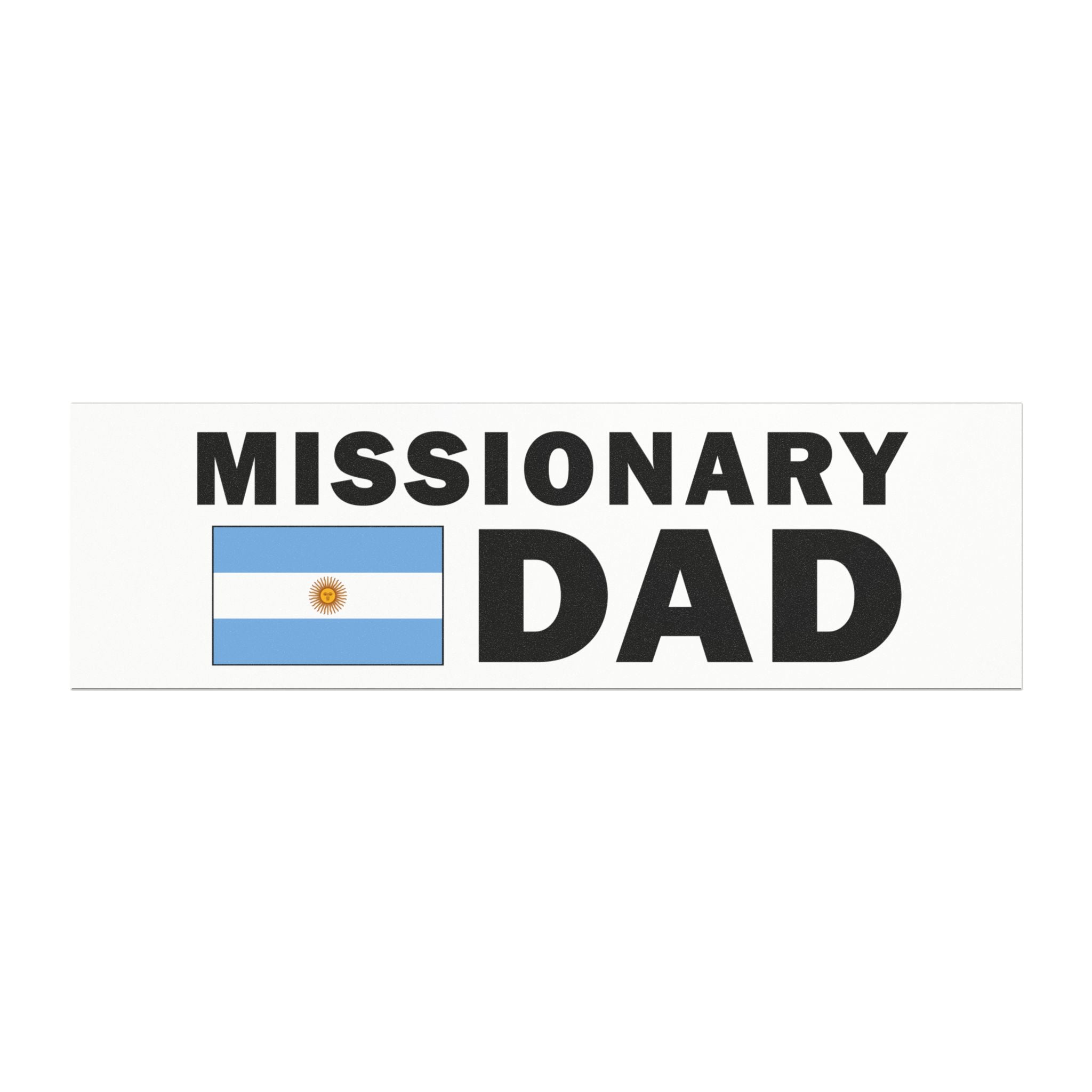In 1923 two German immigrants named Wilhelm Friedrichs and Emil Hoppe began preaching the gospel in Buenos Aires. In December 1925, the Church built on their success by sending Apostle Melvin J. Ballard to dedicate South America for the preaching of the gospel and to establish the South American Mission. “The work of the Lord will grow slowly for a time here just as an oak grows slowly from an acorn,” Ballard prophesied shortly before leaving Argentina. When the work matured, he said, “The South American Mission will be a power in the Church.”
As predicted, the Church grew slowly in Argentina at first. Argentine members gained valuable experience in the 1940s when foreign missionaries were withdrawn from the country and local members assumed leadership of the branches and the mission organization. Growth accelerated after foreign missionaries returned in 1946.
A building program initiated in the 1950s provided local meetinghouses for the rapidly expanding membership of the Church and gave on-the-job training opportunities to young men called on building missions throughout the country. In 1966 a stake was created in Buenos Aires, and several others were created soon after. In 1986 the Buenos Aires Argentina Temple was dedicated. By the beginning of the 21st century, about 1 percent of Argentines were Latter-day Saints. In 2015 a second temple was completed in Córdoba, and a third, to be built in Salta, was announced in 2018.
